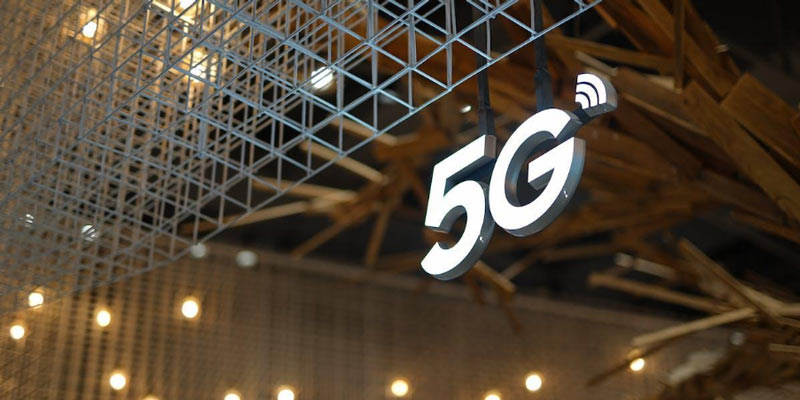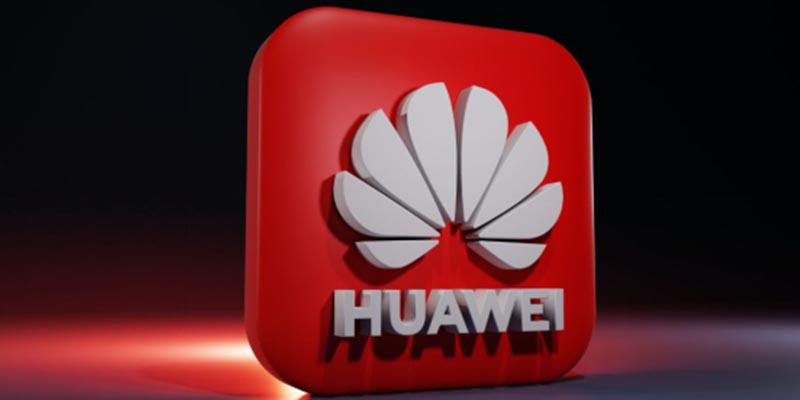In the fast-changing world of telecommunications, the arrival of the 5G era signifies a big step into a future where connectivity knows no bounds. As we approach this tech revolution, it’s crucial to know the ins and outs of 5G and how it could reshape our lives, work, and communication. With promises of faster speeds, minimal delays, and improved connections, 5G not only boosts telecom capabilities but also marks a new chapter in the digital age.
From incorporating advanced IoT tech to transforming our smart homes, the 5G era brings a lot to the table of technological advancements. This article explores the significant changes that the next-gen network will bring, offering a sneak peek into the future shaped by 5G innovation.
What is the 5G era?
The advent of the 5G era is nothing short of a revolution in telecommunications. In its essence, 5G represents a remarkable advancement from 4G. 5G endows us with unprecedented super-fast speed, minimal delay, and an expansive network that transcends previous limitations. This technological leap extends beyond a mere convenience upgrade. The 5G era emerges as a transformative force, set to permeate and reshape every facet of our lives in ways we can not comprehend.
How will life change with the 5G era?
A standout impact of 5G is the discernible transformation in our daily interaction with technology. With vastly accelerated data transfer rates, our devices are primed to respond almost instantaneously, delivering seamless experiences across various applications. This heralds an era where our digital experiences seamlessly blend with our physical reality, creating an immersive tapestry of technological possibilities.
Furthermore, the influence of 5G extends far and wide, reaching into the landscape of the IoT and heralding a new era of connectivity among devices. This goes beyond the confines of smart homes, expanding into the realms of smart cities, advanced transportation systems, and groundbreaking healthcare solutions. The robust and low-latency connectivity that 5G offers becomes the linchpin for seamless communication among countless interconnected devices. It is a harmonious convergence that promises to elevate our daily lives and reshape the very fabric of our interconnected existence.
As we step into the 5G era, the focal point shifts to the concept of the future home, transcending the foundations laid by 4G. 5G promises a more comprehensive integration of smart technologies, envisioning a home where the living space itself adapts in real time to your needs. Picture a future home in the 5G era that optimizes energy consumption and enhances security, creating an environment that intuitively caters to your lifestyle.
In essence, 5G isn’t merely a connectivity upgrade; it catalyzes a technological renaissance that reverberates across every dimension of our lives, presenting a canvas brimming with limitless possibilities. It shows us a future where the speed of communication mirrors the pace of thought, and the interconnectivity of devices fuels a continuous cycle of innovation. As we go through this big change with 5G, it encourages us to welcome a world where the lines between the virtual and physical disappear. It opens the door to a future that’s not just quicker, smarter, and more connected but also deeply changing in ways we’re just starting to understand.
What is the difference between 4G and 5G
The transition from the 4G era to the 5G era signifies a monumental evolution in telecommunications. This transition is characterized by several key differentiators that promise to fundamentally reshape the way we connect and communicate. Delving into the intricacies of this transition unveils a rich tapestry of advancements that go beyond mere incremental improvements. 5G marks the dawn of an era of connectivity and innovation that permeates various facets of modern living.
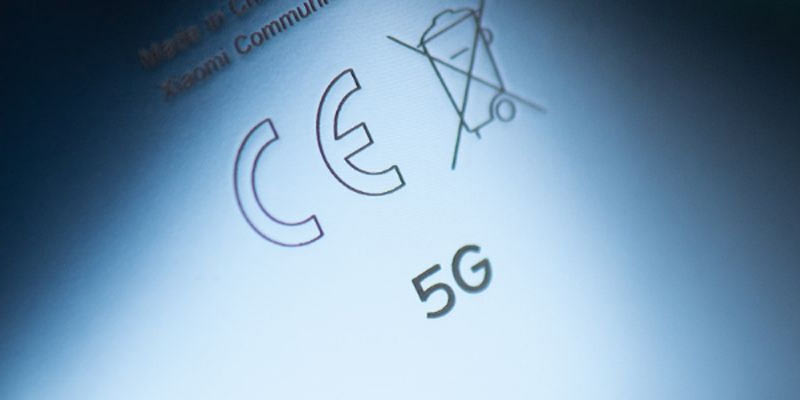
Speed
At the forefront of these transformative changes is the remarkable enhancement in data speeds. While 4G networks have commendably delivered satisfying download speeds, the leap to 5G takes us into an entirely unprecedented realm. 5G is already showcasing data rates that are not just faster but exponentially so. This acceleration owes itself to the utilization of higher frequency bands and cutting-edge technologies like the millimeter-wave spectrum. This is what lays the groundwork for data transfers at astonishing gigabit-per-second speeds.
Latency
Reduced latency stands as another pivotal contrast between the two generations. In the realm of 5G networks, latency undergoes a significant reduction. This reduction introduces a shift in real-time communication and responsiveness. This advancement is particularly critical for applications such as online gaming, AR, and autonomous vehicles, where split-second decision-making is of paramount importance.
Increased Capacity
Beyond speed and latency improvements, the 5G era boasts an expanded capacity that facilitates a more extensive and stable connection, particularly in densely populated areas. This augmented capacity is of utmost importance for managing the escalating number of devices connected to the internet. This is especially true with the burgeoning prevalence of the developing IoT tech in the 5G era in homes, businesses, and cities.
Network Slicing
Adding another layer to the transformative narrative is the introduction of network slicing in the 5G era. This innovative feature empowers operators to craft multiple virtual networks within a single physical infrastructure, providing a level of customization that caters to specific requirements. This dynamic capability spans diverse applications, ranging from massive machine-type communications to ultra-reliable low-latency communications, further amplifying the adaptability of the 5G network.
In essence, the transition from 4G to 5G is not just a mere incremental upgrade. The 5G era represents a transformative leap into a more connected, responsive, and technologically advanced landscape. This change goes beyond our phones, making a big impact on many parts of modern life and pushing us into a time with amazing connectivity and innovation.
Which mobile phones support 5G communication?
The integration of 5G communication represents a monumental shift in network capabilities. It stands as a full-blown revolution that directly transforms the landscape of the devices we carry with us daily. An escalating number of smartphones now come equipped to harness the formidable power of 5G networks, initiating a paradigm shift in connectivity and user experience. Leading the charge, prominent smartphone manufacturers such as Apple, Samsung, Huawei, and Google have wholeheartedly embraced this cutting-edge technology. This embrace presents the consumer with an expanding array of devices that seamlessly support 5G communication.
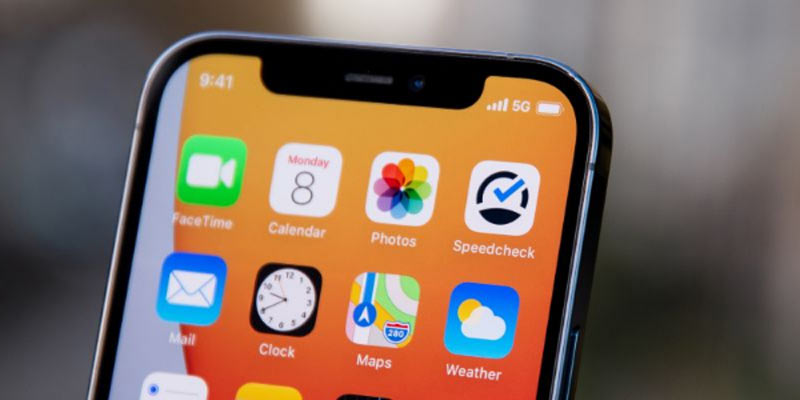
Apple
In 2020, Apple revolutionized 5G with the iPhone 12 series, delivering unprecedented speeds. This set the stage for the iPhone 14 series with the A16 Bionic chip, 5G, advanced cameras, and sleek design.
Samsung
In 2020, Samsung pioneered 5G with the Galaxy S20 series, setting the standard for blazing-fast speeds. Today, the S23 series, and foldable options like the Galaxy Z Fold4 and Z Flip4, continue to lead in 5G innovation.
Pixel
The Pixel 6 series, introduced in 2021, brought the Pixel experience to the 5G era. Google continues in the 5G landscape with Pixel 7 series, powered by the Tensor G2 chip, delivers a clean software experience and advanced AI-powered cameras.
Huawei
Despite challenges due to the Huawei Ban, Huawei’s Mate 30 series in 2019 showcased its early commitment to 5G. Today, the Mate 50 Pro and Nova 10 Pro demonstrate Huawei’s ongoing dedication to 5G innovation.
Honor
After becoming an independent brand, Honor established itself in the 5G landscape with the 2019 Honor V30 series. Honor still continues to impress with the Magic4 Pro and X8 5G, offering a compelling mix of performance, features, and affordability in the competitive 5G phone market.
As the 5G ecosystem continues its expansion, a more extensive range of smartphones, including mid-range and budget-friendly options, will steadily incorporate 5G capabilities. This democratization of 5G technology is a strategic move that ensures a broader audience can access the remarkable benefits of next-generation connectivity. This will, in turn, contribute significantly to the pervasive influence of the 5G era on our daily lives. The evolution of mobile phones to support 5G communication emerges as a crucial aspect of the broader shift towards a more connected and technologically advanced future.
Takeaway
The advent of the 5G era is a leap in connectivity. This era symbolizes a transformative journey into a future where the boundaries of innovation and connectivity blur. As we navigate this technological frontier, the impact of 5G extends far beyond the speed and efficiency improvements seen in the 4G era. The idea of a more connected world, homes filled with smart tech, and the growth of IoT are at the heart of the big changes brought by 5G. With faster data, less delay, and a bigger network, 5G is the biggest upgrade in telecommunication in almost a decade since 4G was introduced.
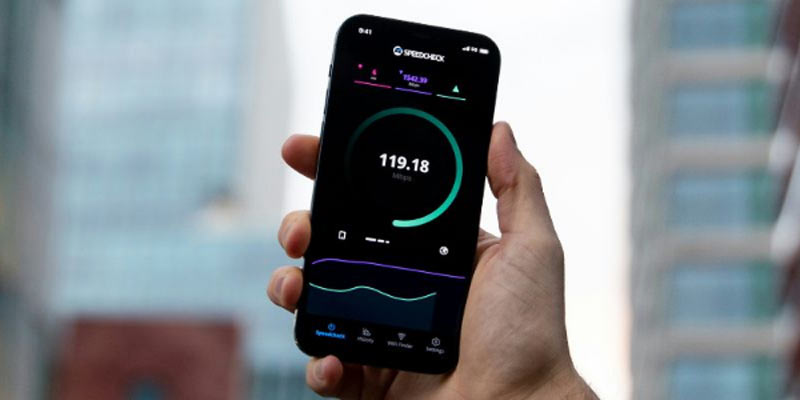
The 5G era is pushing industries forward, changing daily life, and creating a more advanced and connected global community. As we step into 5G, our digital future is taking shape, paving the way for exciting innovations and a lifestyle where top-notch connectivity is part of everything we do.
